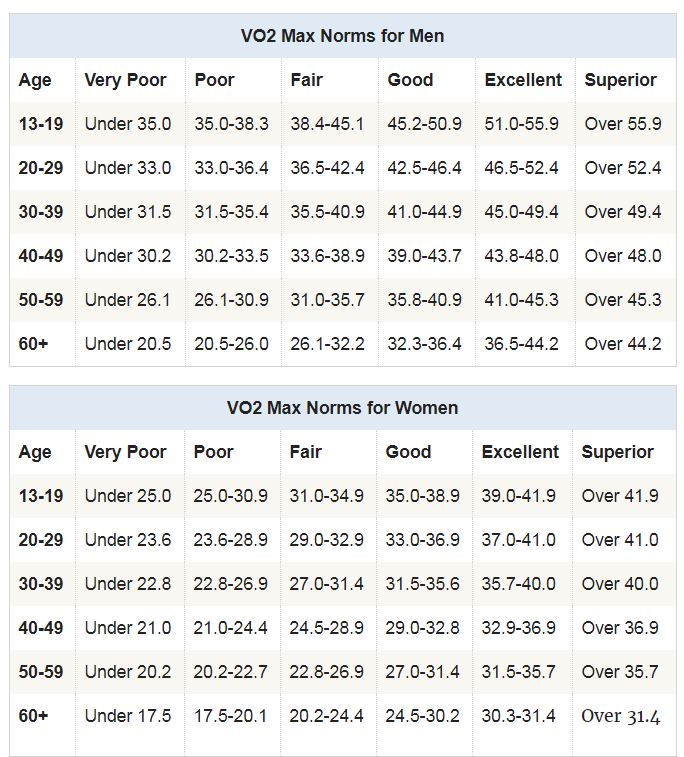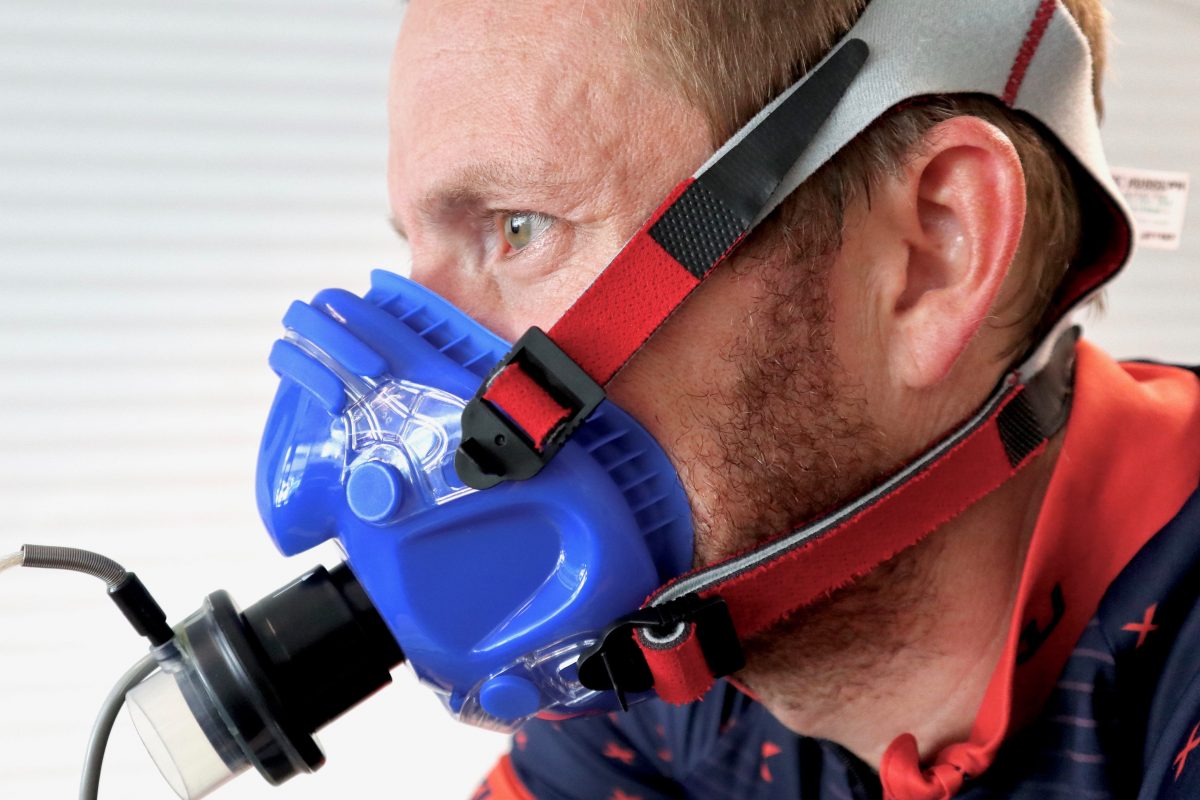What is Aerobic Capacity and Why is it Crucial for Cyclists?
Aerobic capacity, also known as VO2 max, is the maximum amount of oxygen that the body can utilize during intense exercise. It is a critical component of cycling performance, as it determines the amount of energy that can be generated by the muscles. Cyclists with a high aerobic capacity can sustain a high intensity effort for a longer period, making it an essential factor in determining overall cycling efficiency.
In cycling, aerobic capacity is crucial for several reasons. Firstly, it allows cyclists to maintain a high pace over a prolonged period, making it an essential factor in endurance events such as road racing and triathlons. Secondly, it enables cyclists to recover quickly from high-intensity efforts, reducing the risk of fatigue and injury. Finally, it is a key determinant of cycling efficiency, as cyclists with a high aerobic capacity can generate more power while expending less energy.
Research has shown that aerobic capacity is a strong predictor of cycling performance, with studies indicating that it accounts for up to 70% of the variation in cycling performance. This highlights the importance of aerobic capacity in determining cycling success, and underscores the need for cyclists to prioritize its development in their training programs.
Fortunately, aerobic capacity can be improved through targeted training and conditioning. Cyclists can use a variety of techniques, including high-intensity interval training (HIIT) and endurance training, to increase their aerobic capacity and improve their overall cycling performance. Additionally, the use of a VO2 max calculator can help cyclists to optimize their training and make data-driven decisions about their training programs.
By understanding the importance of aerobic capacity in cycling, and by using a VO2 max calculator to optimize their training, cyclists can take their performance to the next level and achieve their goals in the sport. Whether you are a professional cyclist or a recreational rider, developing your aerobic capacity is essential for improving your cycling efficiency and achieving success in the sport.
How to Measure Your Aerobic Capacity: Methods and Tools
Measuring aerobic capacity is a crucial step in understanding an individual’s cycling performance and identifying areas for improvement. There are several methods for measuring aerobic capacity, each with its own advantages and disadvantages. Laboratory tests, such as the VO2 max test, are considered the gold standard for measuring aerobic capacity. However, these tests are often expensive and require specialized equipment.
Field tests, such as the 20-minute all-out test, are a more practical and cost-effective alternative to laboratory tests. These tests involve measuring an individual’s heart rate, power output, and other physiological responses during a standardized exercise protocol. While field tests are not as accurate as laboratory tests, they can still provide a reliable estimate of aerobic capacity.
Online calculators, such as a VO2 max calculator specifically designed for cycling, are another option for measuring aerobic capacity. These calculators use algorithms to estimate aerobic capacity based on an individual’s heart rate, power output, and other physiological responses during exercise. While online calculators are convenient and easy to use, their accuracy can vary depending on the quality of the algorithm and the individual’s input data.
A VO2 max calculator for cycling is a specialized tool that uses data from a cyclist’s power meter, heart rate monitor, and other devices to estimate their aerobic capacity. These calculators can provide a detailed analysis of a cyclist’s aerobic capacity, including their VO2 max, lactate threshold, and other key metrics. By using a VO2 max calculator, cyclists can gain a deeper understanding of their aerobic capacity and develop targeted training programs to improve their performance.
When selecting a method for measuring aerobic capacity, cyclists should consider their individual needs and goals. Laboratory tests may be the best option for professional cyclists or those seeking a high degree of accuracy. Field tests and online calculators, such as a VO2 max calculator, may be more suitable for recreational cyclists or those on a budget. Regardless of the method chosen, measuring aerobic capacity is an essential step in optimizing cycling performance and achieving success in the sport.
Using a VO2 Max Calculator for Cycling: What to Expect
A VO2 max calculator for cycling is a powerful tool that can help cyclists optimize their training and improve their performance. But how does it work, and what can you expect from using one? In this section, we’ll take a closer look at the inputs and outputs of a VO2 max calculator, and discuss the benefits of using one in your training.
To use a VO2 max calculator, you’ll typically need to input data such as your heart rate, power output, and other physiological responses during exercise. The calculator will then use this data to estimate your VO2 max, which is a measure of your aerobic capacity. The calculator may also provide additional metrics, such as your lactate threshold and anaerobic capacity.
One of the key benefits of using a VO2 max calculator is convenience. Rather than having to undergo a laboratory test or use a complicated formula to estimate your VO2 max, a calculator can provide you with an accurate estimate in just a few minutes. Additionally, many VO2 max calculators are designed specifically for cycling, taking into account the unique demands of the sport.
Another benefit of using a VO2 max calculator is accuracy. By using data from your actual workouts, a calculator can provide a more accurate estimate of your VO2 max than a laboratory test or formula. This is especially important for cyclists, who need to be able to accurately assess their fitness level in order to optimize their training.
Finally, a VO2 max calculator can provide personalized results, tailored to your specific fitness level and goals. By using a calculator, you can get a clear picture of your strengths and weaknesses, and develop a training program that is tailored to your needs. This can be especially helpful for cyclists who are looking to improve their performance, but aren’t sure where to start.
Overall, a VO2 max calculator for cycling is a powerful tool that can help cyclists optimize their training and improve their performance. By providing accurate, personalized results, a calculator can help you take your training to the next level and achieve your goals in the sport.
How to Improve Your Aerobic Capacity: Training Strategies for Cyclists
Improving aerobic capacity is a key goal for many cyclists, as it can help to increase endurance, speed, and overall cycling efficiency. But how can you improve your aerobic capacity, and what training strategies are most effective? In this section, we’ll take a closer look at the best ways to improve your aerobic capacity, including high-intensity interval training (HIIT), endurance training, and strength training.
High-intensity interval training (HIIT) is a highly effective way to improve aerobic capacity. This type of training involves short bursts of high-intensity exercise, followed by periods of rest or low-intensity exercise. HIIT can be applied to cycling by incorporating short sprints or hill climbs into your training rides. For example, you might ride at maximum intensity for 1-2 minutes, followed by 2-3 minutes of rest or low-intensity riding.
Endurance training is another key component of improving aerobic capacity. This type of training involves riding at a moderate intensity for a prolonged period, typically 30-60 minutes or more. Endurance training can help to increase your lactate threshold, which is the point at which your body starts to accumulate lactic acid and fatigue sets in. By increasing your lactate threshold, you can ride at a higher intensity for longer periods, which can help to improve your overall cycling performance.
Strength training is also an important part of improving aerobic capacity. While it may seem counterintuitive, strength training can help to improve your cycling efficiency and endurance by increasing your muscular power and endurance. Focus on exercises that target your legs, core, and upper body, such as squats, lunges, and deadlifts.
Periodization is also a key component of improving aerobic capacity. This involves varying your training intensity and volume over time to avoid plateaus and prevent overtraining. For example, you might alternate between high-intensity interval training and endurance training, or incorporate strength training into your program.
Recovery and nutrition are also critical components of improving aerobic capacity. Adequate recovery time is essential for allowing your body to adapt to the demands of training, while proper nutrition can help to fuel your workouts and support muscle growth and repair. Focus on consuming a balanced diet that includes plenty of complex carbohydrates, lean protein, and healthy fats.
By incorporating these training strategies into your program, you can improve your aerobic capacity and take your cycling performance to the next level. Remember to always listen to your body and adjust your training program as needed to avoid injury or burnout.
Factors Affecting Aerobic Capacity in Cycling: Genetics, Training, and More
Aerobic capacity is a complex trait that is influenced by a variety of factors, including genetics, training, age, sex, and body composition. Understanding these factors can help cyclists optimize their training and improve their aerobic capacity.
Genetics play a significant role in determining aerobic capacity. Research has shown that genetic factors can account for up to 50% of the variation in aerobic capacity between individuals. This means that some people may be naturally more gifted in terms of their aerobic capacity, while others may need to work harder to achieve the same level of fitness.
Training is also a critical factor in determining aerobic capacity. Regular exercise, particularly aerobic exercise such as cycling, can help to improve cardiovascular function and increase aerobic capacity. However, the type and intensity of training can also impact aerobic capacity. For example, high-intensity interval training (HIIT) has been shown to be effective in improving aerobic capacity, while low-intensity steady-state training may not be as effective.
Age is another factor that can impact aerobic capacity. As we age, our aerobic capacity naturally declines, which can make it more difficult to perform at a high level. However, regular exercise and training can help to slow down this decline and maintain aerobic capacity.
Sex is also a factor that can impact aerobic capacity. Research has shown that men generally have a higher aerobic capacity than women, although this difference can be reduced with training.
Body composition is also an important factor in determining aerobic capacity. Excess body fat can reduce aerobic capacity, while a leaner body composition can improve it.
By understanding these factors, cyclists can optimize their training and improve their aerobic capacity. For example, a cyclist who is genetically gifted in terms of their aerobic capacity may need to focus on high-intensity interval training to continue to improve their fitness, while a cyclist who is older or has a higher body fat percentage may need to focus on endurance training and weight loss.
A VO2 max calculator can also be a useful tool in understanding these factors and optimizing training. By providing a personalized estimate of aerobic capacity, a VO2 max calculator can help cyclists identify areas for improvement and develop a training program that is tailored to their needs.
Case Study: How a Cyclist Used a VO2 Max Calculator to Boost Performance
Meet Jane, a 35-year-old cyclist who has been riding for several years. Jane had been training regularly, but she felt like she had hit a plateau and wasn’t seeing the improvements she wanted. She decided to try using a VO2 max calculator to help her optimize her training and improve her performance.
Jane’s goal was to increase her endurance and speed, so she could compete in longer and more challenging rides. She used a VO2 max calculator specifically designed for cycling to estimate her aerobic capacity and identify areas for improvement.
Based on the results of the calculator, Jane developed a training program that included high-intensity interval training (HIIT), endurance training, and strength training. She also made changes to her nutrition and recovery plan to support her training.
After several weeks of training, Jane saw significant improvements in her performance. She was able to ride longer and faster, and she felt more confident and comfortable on her bike. She also noticed improvements in her overall health and fitness, including increased energy levels and better sleep.
Jane’s success can be attributed to the use of the VO2 max calculator, which helped her identify areas for improvement and develop a targeted training program. By using the calculator, Jane was able to optimize her training and achieve her goals, and she continues to use it to monitor her progress and make adjustments to her training plan.
Jane’s story is just one example of how a VO2 max calculator can be used to improve cycling performance. By providing a personalized estimate of aerobic capacity and identifying areas for improvement, a VO2 max calculator can help cyclists of all levels optimize their training and achieve their goals.
Choosing the Right Aerobic Capacity Calculator for Cycling: Key Features to Consider
When it comes to selecting an aerobic capacity calculator for cycling, there are several key features to consider. With numerous options available, it’s essential to choose a calculator that meets your specific needs and provides accurate results. Here are some factors to consider when choosing the right aerobic capacity calculator for cycling:
Accuracy: Look for a calculator that uses a scientifically validated formula to estimate aerobic capacity. A reliable calculator should be based on research-backed methods, such as the Åstrand test or the Cooper test. Ensure that the calculator provides accurate results by comparing it with laboratory tests or other reliable methods.
Ease of Use: A user-friendly interface is crucial for a seamless experience. Opt for a calculator that is easy to navigate, with clear instructions and minimal input requirements. A simple and intuitive design will save you time and reduce the risk of errors.
Customization Options: A good aerobic capacity calculator for cycling should allow for customization based on individual factors, such as age, sex, weight, and fitness level. This ensures that the results are tailored to your specific needs and goals.
VO2 Max Calculator Cycling Features: If you’re looking for a calculator specifically designed for cycling, consider one that provides features such as:
- Power output estimation
- Heart rate zone calculation
- Training zone recommendations
- Progress tracking and analysis
Popular aerobic capacity calculators for cycling include those from Training Peaks and Strava. These calculators offer a range of features and are widely used by cyclists. When choosing a calculator, consider your specific needs and goals, and select one that provides the features and accuracy you require.
By considering these key features, you can choose a reliable and accurate aerobic capacity calculator for cycling. A good calculator will provide you with valuable insights into your aerobic capacity, helping you optimize your training and achieve your cycling goals. Remember to always use a VO2 max calculator cycling tool in conjunction with a well-structured training program and proper nutrition to maximize your results.
Maximizing Your Cycling Potential: Putting it all Together
In conclusion, aerobic capacity is a critical component of cycling performance, and understanding how to measure and improve it can make a significant difference in achieving your cycling goals. By using a VO2 max calculator cycling tool, cyclists can gain valuable insights into their aerobic capacity and develop a personalized training program to optimize their performance.
Throughout this article, we have discussed the importance of aerobic capacity in cycling, the different methods for measuring it, and the benefits of using a VO2 max calculator. We have also explored training strategies for improving aerobic capacity, including high-intensity interval training, endurance training, and strength training.
By incorporating these training strategies into your cycling program and using a VO2 max calculator to track your progress, you can maximize your cycling potential and achieve your goals. Remember to always prioritize periodization, recovery, and nutrition to support your aerobic capacity development and overall cycling performance.
When selecting a VO2 max calculator for cycling, consider the key features discussed in this article, including accuracy, ease of use, and customization options. Popular calculators from Training Peaks and Strava can provide valuable insights into your aerobic capacity and help you optimize your training.
By taking a holistic approach to cycling training and incorporating a VO2 max calculator into your program, you can unlock your full potential and achieve success in the sport. Whether you’re a professional cyclist or a recreational rider, understanding and improving your aerobic capacity can make a significant difference in your performance and overall cycling experience.
So why not try a VO2 max calculator cycling tool today and start optimizing your training to achieve your cycling goals? With the right tools and training strategies, you can take your cycling performance to the next level and achieve success in the sport.








